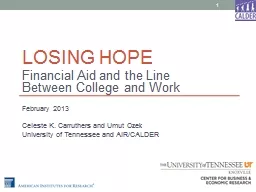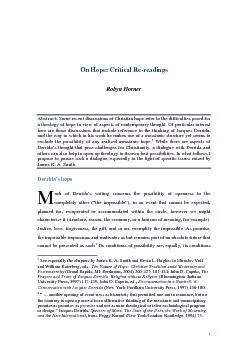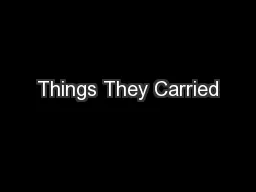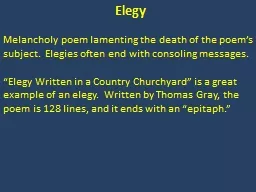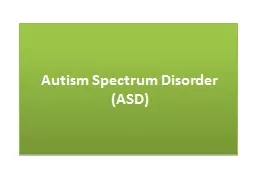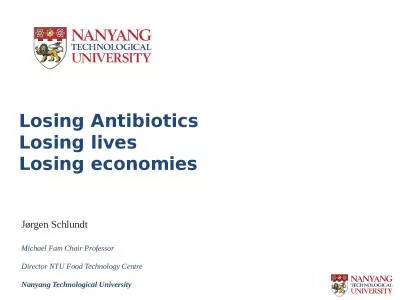PPT-Losing HOPE
Author : calandra-battersby | Published Date : 2016-05-25
Financial Aid and the Line Between College and Work February 2013 Celeste K Carruthers and Umut Ozek University of Tennessee and AIRCALDER 1 Essential Questions
Presentation Embed Code
Download Presentation
Download Presentation The PPT/PDF document "Losing HOPE" is the property of its rightful owner. Permission is granted to download and print the materials on this website for personal, non-commercial use only, and to display it on your personal computer provided you do not modify the materials and that you retain all copyright notices contained in the materials. By downloading content from our website, you accept the terms of this agreement.
Losing HOPE: Transcript
Download Rules Of Document
"Losing HOPE"The content belongs to its owner. You may download and print it for personal use, without modification, and keep all copyright notices. By downloading, you agree to these terms.
Related Documents

